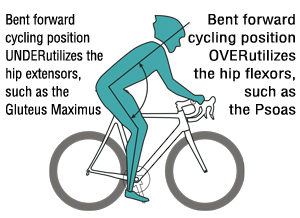From a news story on National Public Radio yesterday:
“American doctors have been noticing an increase in osteoarthritis of the knee. They have suspected two driving forces: more old people and more people who are overweight.
A study published in this week’s Proceedings of the National Academy of Sciences argues that’s far from the whole story. Even correcting for body mass index and age, osteoarthritis of the knee is twice as common now as it was before the 1950s.
Conventional wisdom is that osteoarthritis of the knee results mostly from wear and tear, which is why, these days, it’s more common among older people and those whose excess body weight puts extra stress on those joints..
“So, going into it, I suppose my expectation was that people in the past, especially early hunter-gatherers and early farmers, would have had a much higher prevalence of osteoarthritis than people do today,” Wallace says. Surely all that running around, squatting, twisting and other activity in the days before cars and couches would have worn out joints quickly.
But that’s not what the evidence showed.
“I was actually extremely surprised to find that [osteoarthritis] is much more common today” than it was in Americans long ago, says Wallace.
….
“If I were a betting man, I would guess physical activity is especially important,” Lieberman says. “One of the things that’s really shifted in our world today is that we sit all the time, and kids sit all the time. And that may be affecting how our joints are forming and how our joints are aging.”
This makes sense to Dr. Richard Loeser a rheumatologist who directs the Thurston Arthritis Research Center at the University of North Carolina, Chapel Hill.
“Your joints aren’t just like your automobile tires that wear out as you use them,” he says. In fact, exercise helps nutrients diffuse into cartilage in the knee and keep it strong and healthy.
If cartilage “is formed and more healthy when you’re younger, then your joints are more likely to be functioning better and have less osteoarthritis when you get older,” Loeser says. And exercise also helps fully grown people.
“By strengthening your muscles and by stimulating your cartilage you can still improve the health of your joint,” Loeser says….

